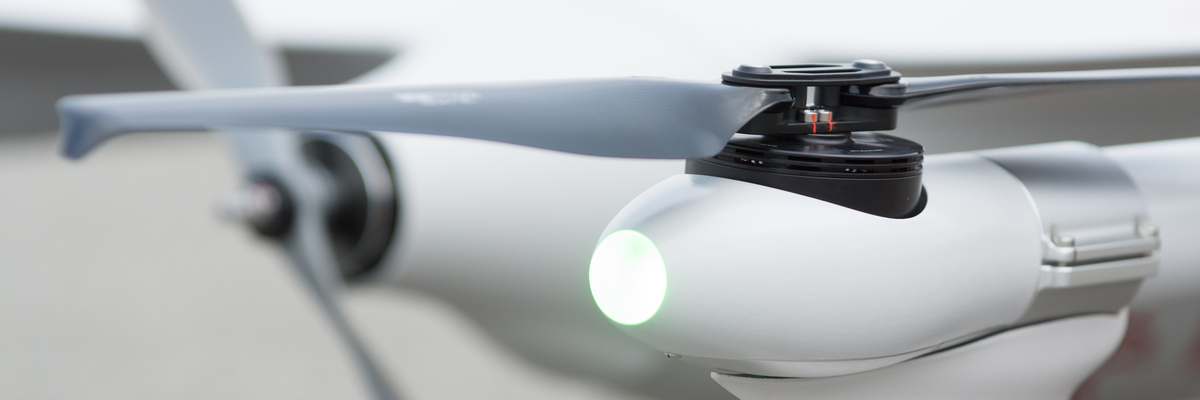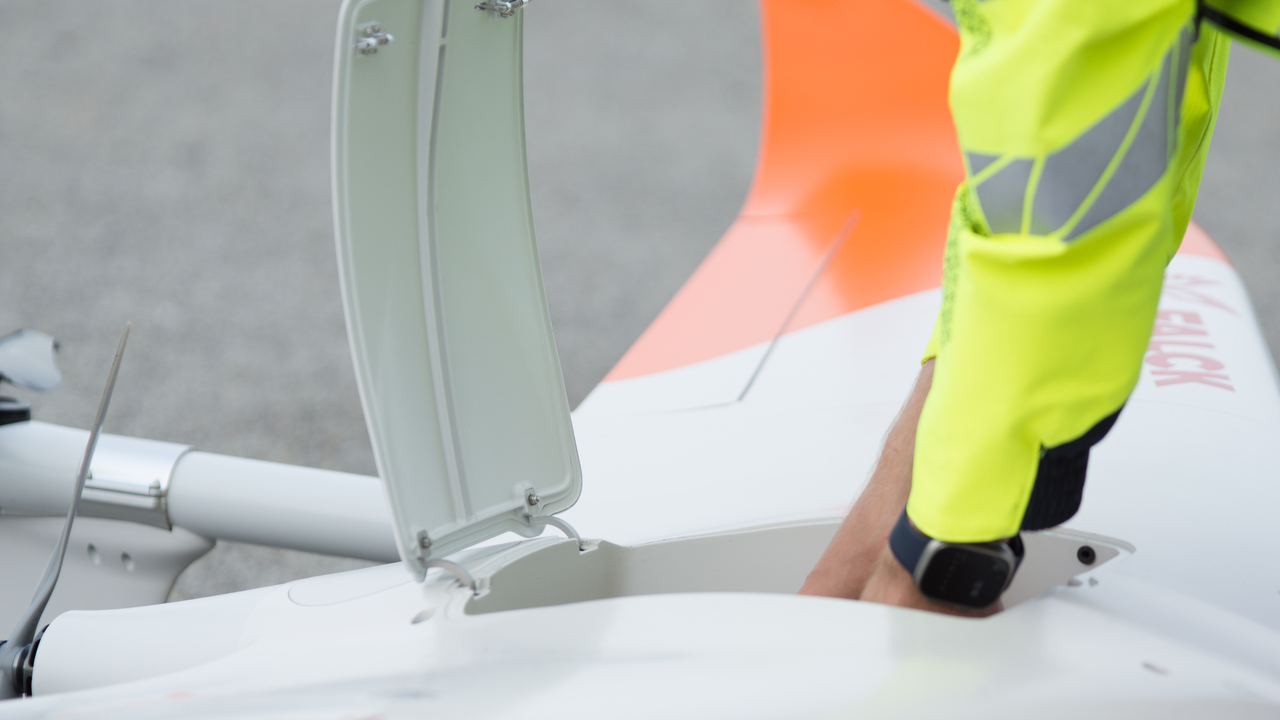Drones
Drones transforming healthcare and emergency response

The global healthcare area faces fundamental changes in the coming years. Some of the main challenges will be more chronically ill patients and higher demands from citizens, healthcare professionals and decision-makers. At the same time, new forms of mobility such as self-driving cars and drones will also change the emergency medical service area.
At Falck, we continue to explore new ways of improving healthcare and emergency response to enable access to healthcare to even more people and help build resilient communities.
We do this by optimising and implementing new technologies and by pushing the boundaries of our industry. Drone technology is one of the areas that holds immense potential to transform the way we develop and deliver healthcare in the future. The advancement of drone technology also contributes to Falck’s commitment to advance sustainable healthcare and support a green transition as drones can replace driving transport, prevent hospitalisations, and minimise traffic congestion, just to mention a few examples.


Healthcare drones between hospitals
In 2021 and 2022, Falck took part in Europe’s first clinical test flights with health drones for Odense University Hospital in the Southern part of Denmark. The drone has been transporting blood tests and medicines on a 2500 km distance between hospitals in Ærø and Svendborg. Normally, these are driven by car to the Ærøskøbing ferry, sailed to Svendborg, and then taken to the laboratory on Funen. The drone provides faster test results and thus improves treatment. Within 5 years the ambition is that larger drones can fly a doctor out to an accident site.
Advancing access to healthcare in Greenland
The infrastructure in Greenland can be a challenge if you live in small settlements far away from the nearest hospital. These citizens must travel for several hours by boat when they want to visit the nearest hospital. The waiting time due to the long distances is both costly and can in some cases be crucial for a patient's course.
Therefore, there is an enormous potential for bringing remote-living citizens closer to healthcare services and healthcare drones can contribute to a more efficient patient journey with the possibility of faster responses to examination results and thus faster initiation of treatment.
To explore how drones can strengthen health efforts in Greenlandic healthcare, Falck is working closely together with Greenland Agency for Health and Prevention and Centre of Health Research and have completed long range flighs between the hospital in Nuuk and remote settlements. The drones defy the arctic climate and fly medicine using satellite communications to advance health for citizens living in remote areas.
Drones join the battle against wildfires
Scorching wildfires are raging in the Western U.S. as the region is hit by a heatwave with soaring and record-breaking temperatures. In Cyprus, firefighters are racing to prevent the spread of a wildfire described by local officials as “the worst in the country's history.”
These are just a few of the recent examples on how climate change and warmer summers have led to an increase in the length of season and frequency of wildfires.
Falck is testing a new technology based on AI from Danish tech startup Robotto that enables drones to detect and calculate position, size, and direction of wildfires in real-time by utilizing artificial intelligence and thermal data. This means that drones can prevent wildfires in spreading and support firefighters battling the flames.
It’s still boots on the ground that put out wildfires but this technology helps put firefighters in the right spot at the right time.

Innovating with our customers
Innovating for the use of drones is much more than technology. it is also the ability to develop solutions with customers to identify needs and develop solutions. Together with The Swedish Transport Administration in Stockholm, Trafikverket, Falck applies drones to generate a faster real-time overview of traffic when road accidents happen, thereby mitigating queues and intense traffic congestion.
When road accidents occur, response time and overview are essential to make a fast decision to allocate the right personnel and equipment to assist and secure the traffic flow.
The drone solution provides flexibility for the roadside personnel and gives real-time overview of the traffic when accidents occur which will mitigate congestion with a fast and precise response based on the real-life data from the drone. This will make it easier to redirect traffic, avoid unnecessary time consumption for the drivers and reduce emissions from queues on roads.
“By monitoring accidents, the citizens in Stockholm will experience a smoother traffic on the roads, and we can reduce CO2-emissions from vehicles queuing up by approx. 10%,”
says Nicolai Laugesen, head of Falck’s drones’ activities.
The drone is tethered in a wire, which both increases endurance and works as a safety measurement during the flight. The wire can be released, so the drone can operate without if necessary.